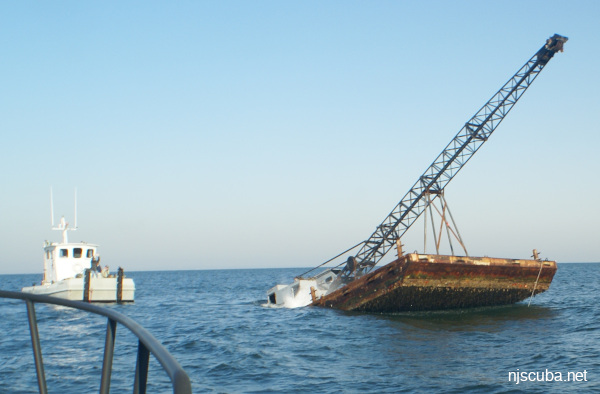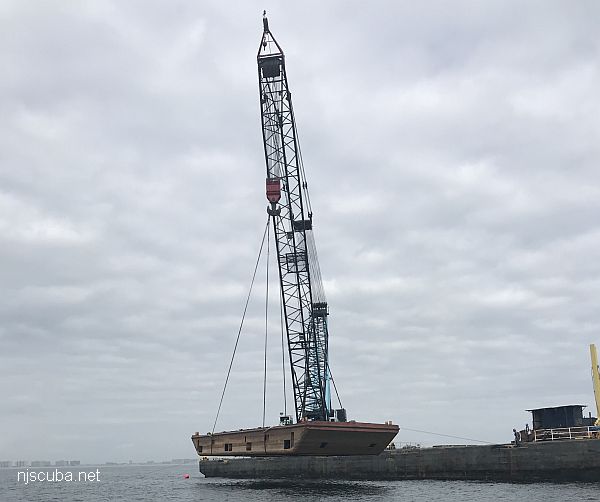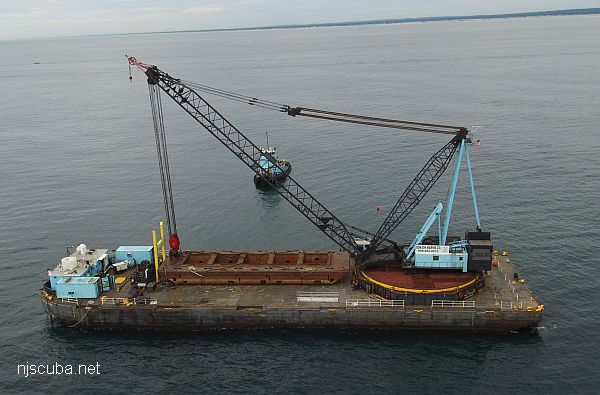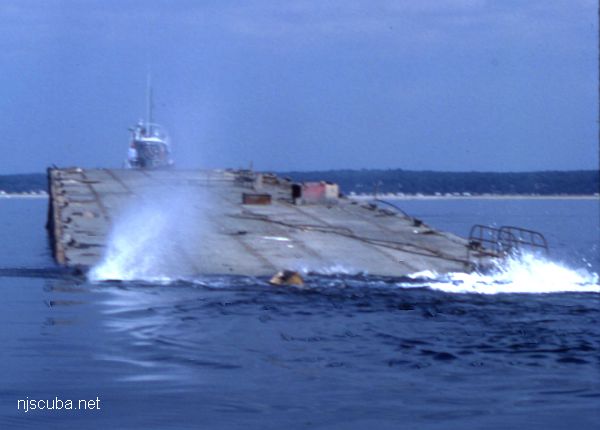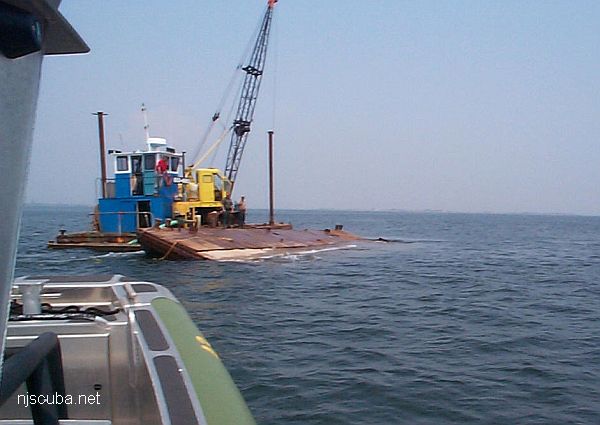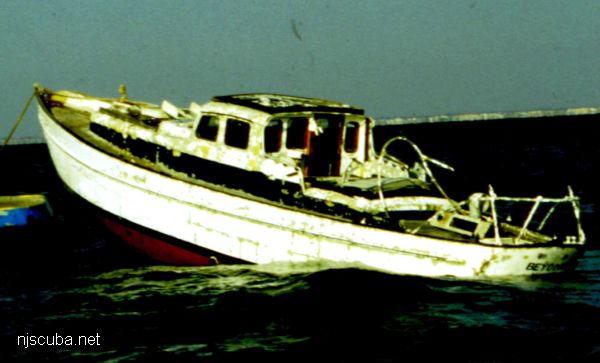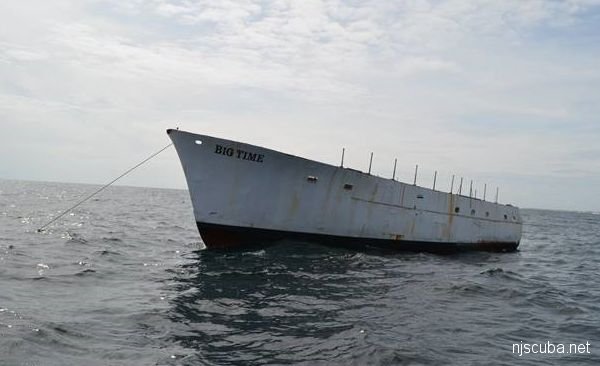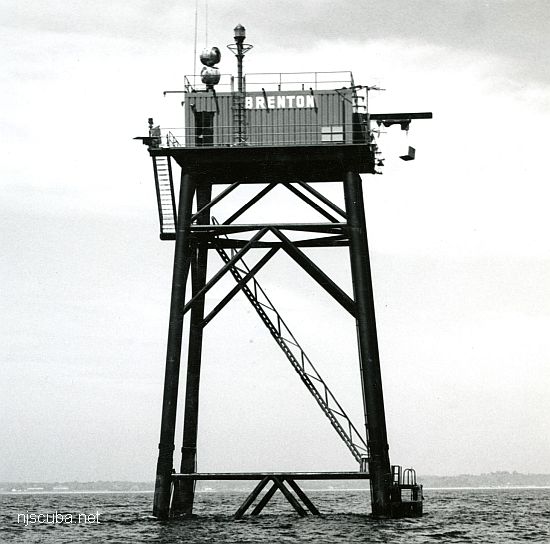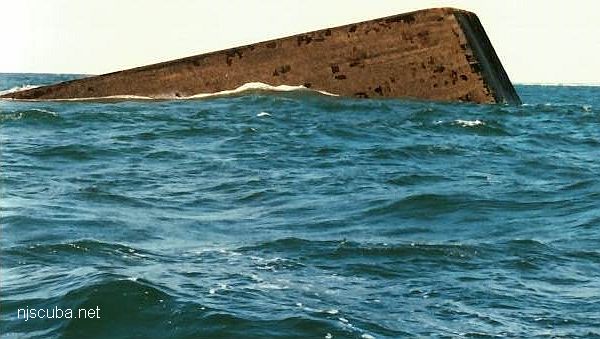
- Type:
- artificial reef, barges
- Depth:
- 70 - 75 ft
| Name | Description | Sunk | GPS |
| Jean Elizabeth |
190 ft steel | 1995 | 40°43.500' -72°46.482' |
| 60 ft steel | 1995 | 40°43.558' -72°46.340' |
|
| #335 | 80 ft steel | Friday Nov 12, 1999 |
40°43.514' -72°46.309' |
| CFD | 100 ft steel | Thursday Feb 8, 2001 |
40°43.476' -72°46.343' |
| "Pump Boat" | 25 ft steel | Sunday Oct 14, 2018 |
40°43.464' -72°46.601' |
| Self-Propelled Scow #56 |
50 ft steel | Sunday Oct 14, 2018 |
40°43.453' -72°46.612' |
More: barges - Moriches Artificial Reef ...

